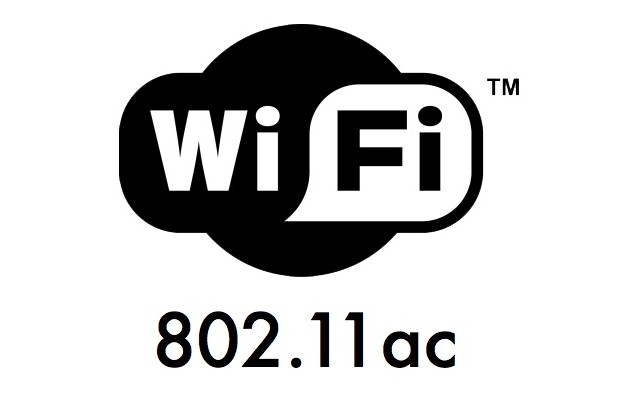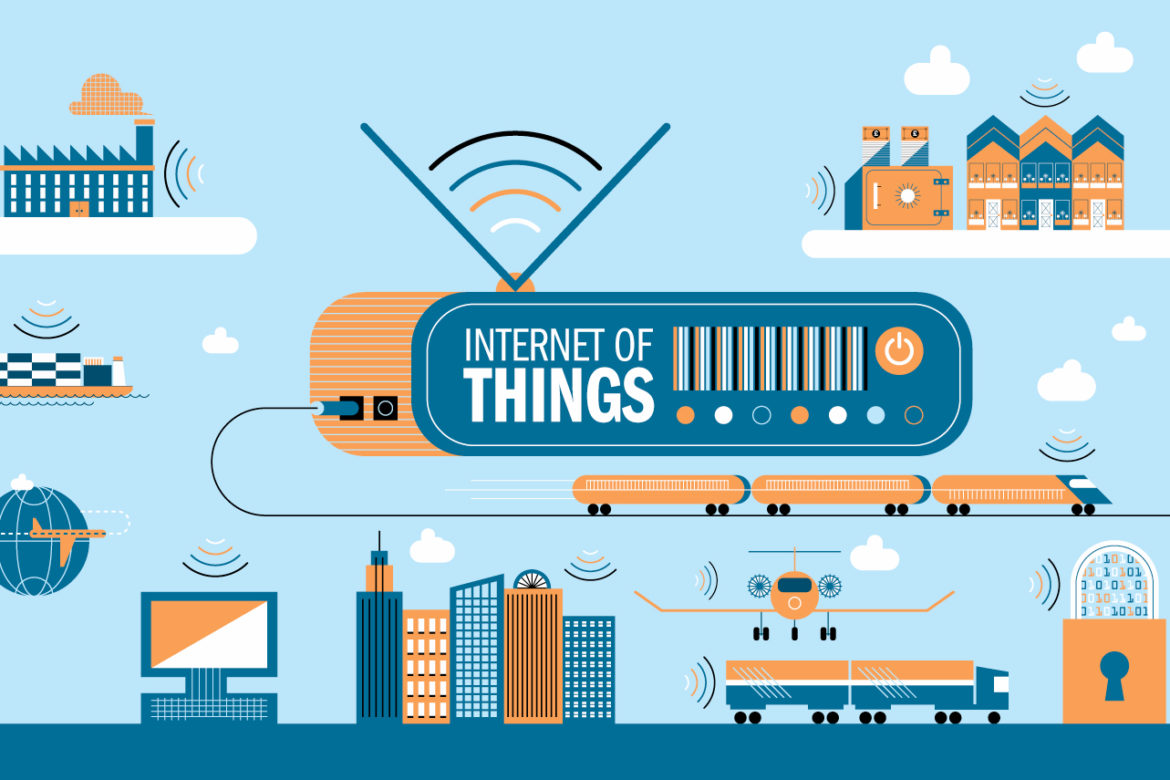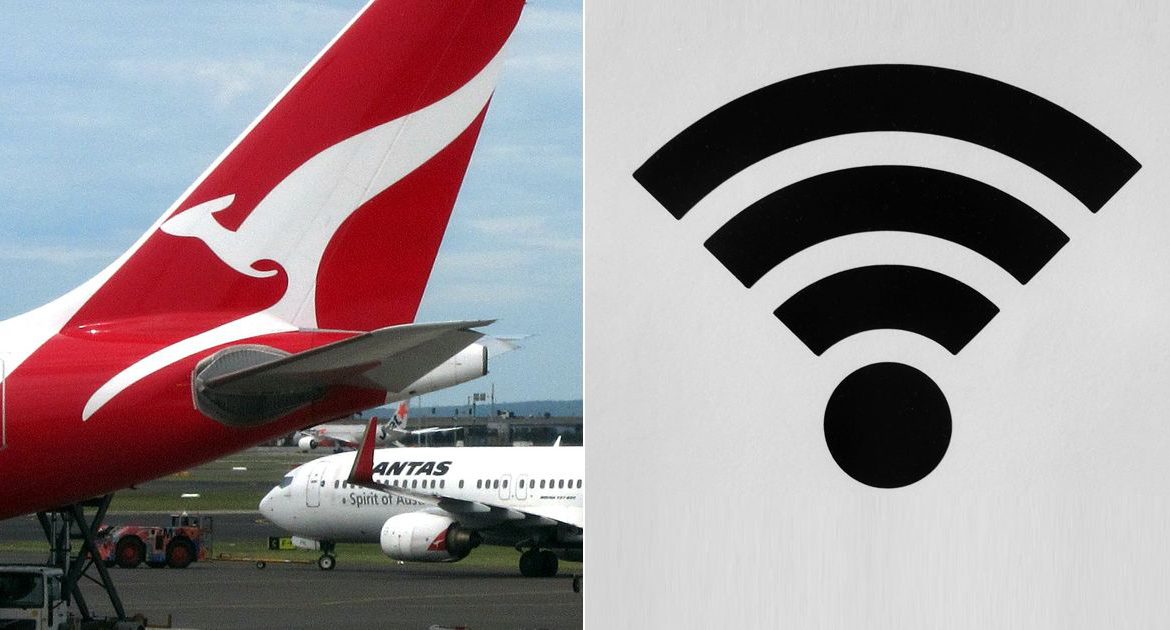We’ve all been there.
You’ve set out to do some work in a coffee shop and after ordering your coffee and finding the perfect corner to settle down in you realise the Wi-Fi doesn’t work there. ‘Typical’ you think as you pace around with your device in hand trying to find a connection.
This week we’re trying to discover what it means to have a Wi-Fi dead spot and how to avoid these cursed spaces.
There can be so many reasons for these dead spots but the main ones are building interferences ie – thick walls or awkwardly placed Wi-Fi access points that can’t reach certain areas. With that in mind, it can be quite easy to fix these mysterious dead spots which makes it all the more frustrating when you come across one.
If you find a dead spot in your home or business space the first thing you can do to try and close up these dead spots is to re-position your access point. Often central locations suit access points best, where they can get away from thick walls or fire exits which can all interfere with signal.
That brings us to our second suggestion – removing obstructions and ensuring that your access point is free of any interference. Often clients don’t realise how easy it can be to eliminate these obstructions from the area. If you identify anything near the access point that you think could be causing problems then remove it and see if the dead spot remains – in most cases dead spots require a trial and error approach. Other electronic devices and thick metals can be a source of interference that often go overlooked but it’s worth getting to the bottom of the issue and ensuring that you try removing as many obstructions as possible to see if that affects the dead spot.
If you need more advice on how to avoid these frustrating dead spots then don’t hesitate to get in touch. It’s always helpful to get an expert opinion if the problem persists.







